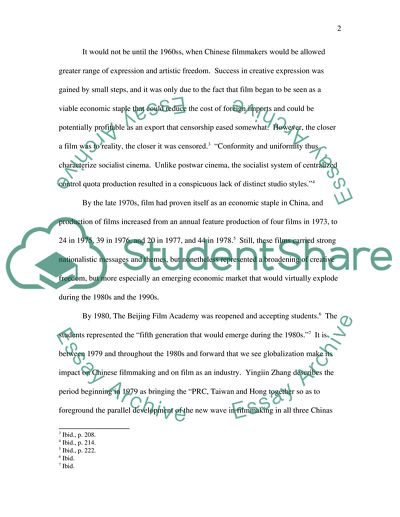Cite this document
(China and Globalization through Cinema Case Study, n.d.)
China and Globalization through Cinema Case Study. Retrieved from https://studentshare.org/macro-microeconomics/1707343-national-cinematographies-and-the-perils-and-promises-of-globalization-anlysing-chinese-cinema-as-an-case-studies
China and Globalization through Cinema Case Study. Retrieved from https://studentshare.org/macro-microeconomics/1707343-national-cinematographies-and-the-perils-and-promises-of-globalization-anlysing-chinese-cinema-as-an-case-studies
(China and Globalization through Cinema Case Study)
China and Globalization through Cinema Case Study. https://studentshare.org/macro-microeconomics/1707343-national-cinematographies-and-the-perils-and-promises-of-globalization-anlysing-chinese-cinema-as-an-case-studies.
China and Globalization through Cinema Case Study. https://studentshare.org/macro-microeconomics/1707343-national-cinematographies-and-the-perils-and-promises-of-globalization-anlysing-chinese-cinema-as-an-case-studies.
“China and Globalization through Cinema Case Study”, n.d. https://studentshare.org/macro-microeconomics/1707343-national-cinematographies-and-the-perils-and-promises-of-globalization-anlysing-chinese-cinema-as-an-case-studies.


